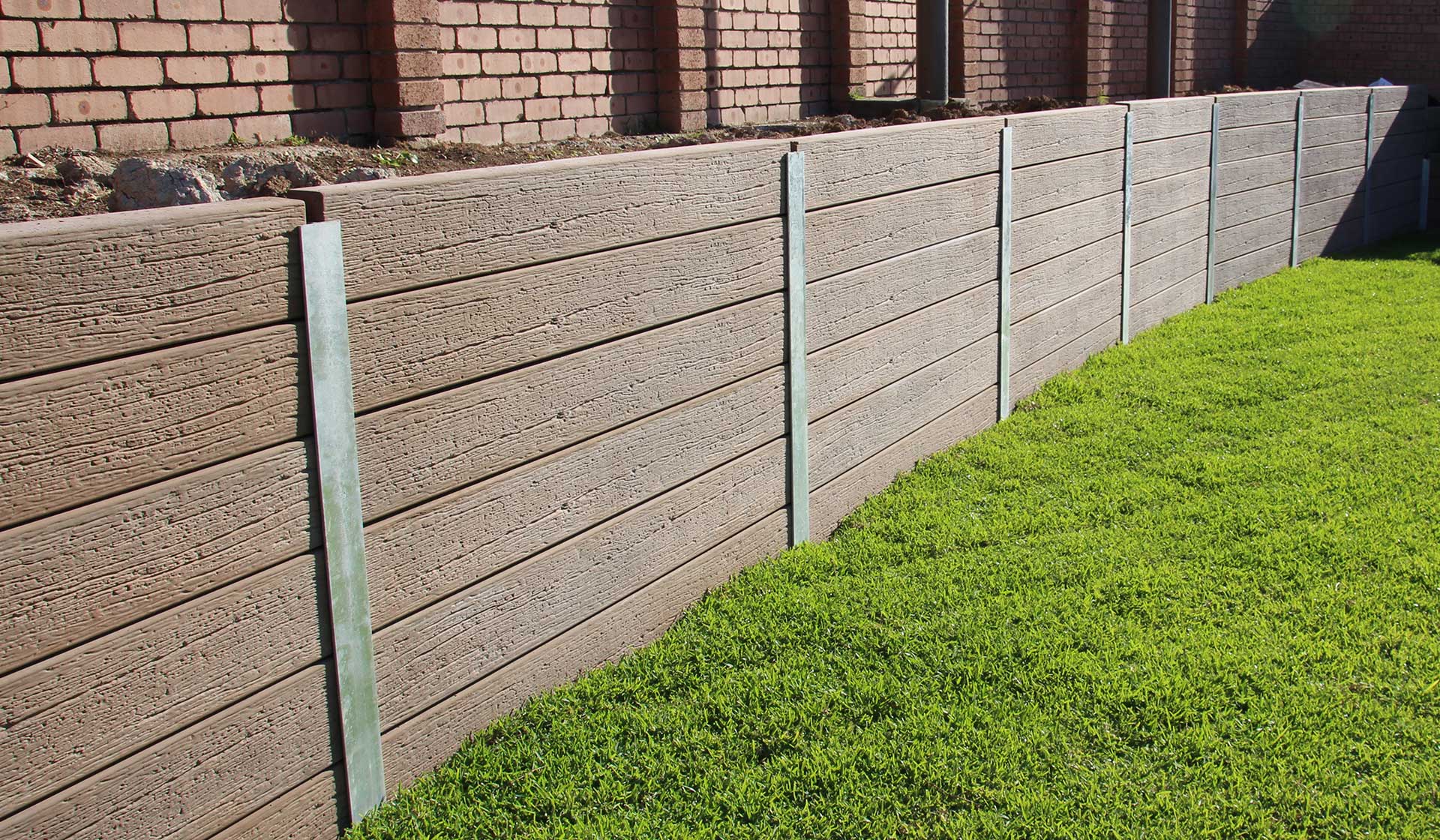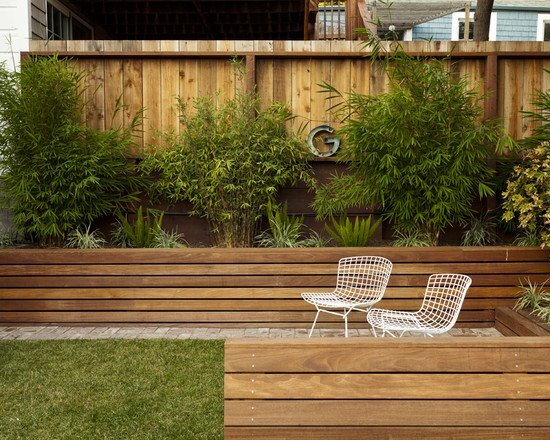The Ultimate Overview to Preserving Retaining Walls Sunshine Coast
The Ultimate Overview to Preserving Retaining Walls Sunshine Coast
Blog Article
Enhancing Residential Or Commercial Property Security: The Function of Retaining Walls in Soil Retention and Disintegration Control
In the realm of property management, keeping security and stopping disintegration are vital problems for homeowner and designers alike. Keeping walls stand as quiet guardians, playing a critical function in dirt retention and erosion control. Their relevance expands past plain structural assistance, influencing the overall honesty and durability of a residential property. By checking out the subtleties of various types, design considerations, construction strategies, and upkeep pointers related to retaining walls, a deeper understanding of their essential role in enhancing residential or commercial property stability emerges. The elaborate dance in between design prowess and environmental harmony introduces a compelling narrative that highlights the vital nature of retaining wall surfaces in modern-day land monitoring.
Relevance of Retaining Walls in Stability
Keeping wall surfaces play an essential role in holding back soil, avoiding erosion, and producing level surfaces in sloped locations. By supplying architectural support, maintaining wall surfaces assist to rearrange lateral pressure caused by soil, preventing landslides and slippage.
Maintaining wall surfaces are especially vital in uneven or unequal terrains where dirt disintegration is an usual incident. Without adequate assistance, soil erosion can bring about the deterioration of landscapes, endangering the integrity of frameworks and posing threats to inhabitants. Maintaining walls function as obstacles, supporting the soil and avoiding it from changing downhill during heavy rainfall or other environmental stress factors.
Moreover, retaining walls provide lasting advantages by minimizing upkeep costs connected with soil disintegration and land instability. By purchasing well-designed preserving walls, homeowner can make certain the long life and sustainability of their landscapes while promoting a aesthetically attractive and safe atmosphere.

Types of Retaining Walls for Disintegration Control
Typically used in landscape design and civil design tasks, various kinds of retaining walls serve as efficient remedies for disintegration control in varied terrain conditions. Gravity preserving walls are sturdy structures that depend on their weight to resist the stress of the soil behind them. They appropriate for low to medium elevation applications and are usually made of concrete or rock. Cantilever keeping wall surfaces, on the various other hand, are made with a thicker base and use a lever arm to endure the soil stress. These wall surfaces are typically utilized in locations where space is limited.
For taller wall surfaces or where room is a restriction, secured maintaining wall surfaces are frequently employed. These wall surfaces use cable televisions or strips that are secured right into the soil or rock behind the wall surface to supply additional support. An additional type, the sheet heap retaining wall, is suitable for areas with soft dirt. Retaining Walls Sunshine Coast. These walls are composed of interlocking sheets that are driven into the ground to produce a barrier versus dirt erosion. When selecting the suitable kind of maintaining wall for disintegration control, factors such as dirt make-up, wall surface elevation, and website conditions should be carefully taken into consideration to ensure resilient security and performance.
Style Factors To Consider for Soil Retention
When taking into consideration style elements for efficient soil retention services,Incorporating the principles of architectural design and environmental sustainability is vital. When creating for soil retention, it is crucial to assess the details needs of the site, including soil composition, water drainage patterns, and slope security. The elevation and location of the retaining wall are important elements that affect the general layout. Designers must additionally take into consideration the pressure put in by the maintained dirt and potential side loads to make sure the structure's security over more time.
Furthermore, the material selection for the keeping wall is crucial in improving longevity and performance. Concrete, wood, gabion baskets, and all-natural stone are common products used in preserving wall building and construction, each with its unique advantages and considerations. Correct water drainage devices, such as weep holes and French drains, must be integrated right into the design to stop water accumulation behind the wall, which can result in architectural failure and erosion.
Building And Construction Strategies for Maintaining Walls
When applying style considerations for reliable dirt retention, the construction strategies for keeping wall surfaces play an essential role in guaranteeing architectural honesty and long-term stability. One usual method is the gravity wall surface, which depends on the weight and mass of the wall itself to resist the pressure of the retained dirt.
Another widely used construction technique is the cantilevered wall surface, which uses a concrete slab structure that extends backwards into the kept soil. This design supplies extra stability and is appropriate for medium to high retaining more information wall surfaces. For taller frameworks, strengthened dirt techniques such as making use of geogrids or dirt nails can be employed to enhance the wall surface's strength and stability.

Upkeep Tips for Residential Property Stability
To guarantee lasting home stability, normal upkeep techniques are important for protecting the integrity of maintaining wall surfaces and preventing erosion issues. Inspecting keeping walls regularly is vital to recognize any kind of indicators of damage, such as splits, bulging, or leaning. Any problems should be resolved without delay to avoid more degeneration. Cleaning the surface area of the maintaining wall surfaces can also aid maintain their structural stability by removing dust, debris, and vegetation that might compromise the wall gradually (Retaining Walls Sunshine Coast).
In enhancement to visual evaluations and cleaning, it is necessary to check the drain systems connected with the keeping wall surfaces. Guaranteeing that drains are clear of obstructions and working appropriately can protect against water build-up behind the wall surfaces, which can cause stress and potential failure. Properly functioning drain systems are vital for handling water flow and decreasing the risk of erosion.
Frequently checking and keeping retaining walls according to these ideas can prolong their life expectancy and add to the overall security of the property.
Final Thought
In final thought, preserving wall surfaces play a vital function in improving building security by preventing dirt disintegration and retaining soil in position. By utilizing various sorts of thinking about and preserving wall surfaces layout and building and construction techniques, homeowner can properly control erosion and maintain the honesty of their land. Regular maintenance of maintaining walls is vital to ensure lasting stability and security versus disintegration. Correctly built and preserved keeping wall surfaces are crucial components in protecting residential or commercial property security.
For taller wall surfaces or where area is a restraint, anchored preserving walls are typically employed. These walls make use of cables or strips that are anchored into the dirt or rock behind the wall surface to offer extra assistance. When selecting the suitable type of retaining wall for erosion control, elements such as dirt structure, wall height, and site conditions need to be carefully thought about to make sure resilient security and efficiency.
One common technique is the gravity wall surface, which navigate to this website depends on the weight and mass of the wall surface itself to resist the pressure of the retained dirt. Cleaning up the surface of the retaining wall surfaces can likewise aid keep their architectural honesty by getting rid of dirt, debris, and plant life that can deteriorate the wall over time.
Report this page